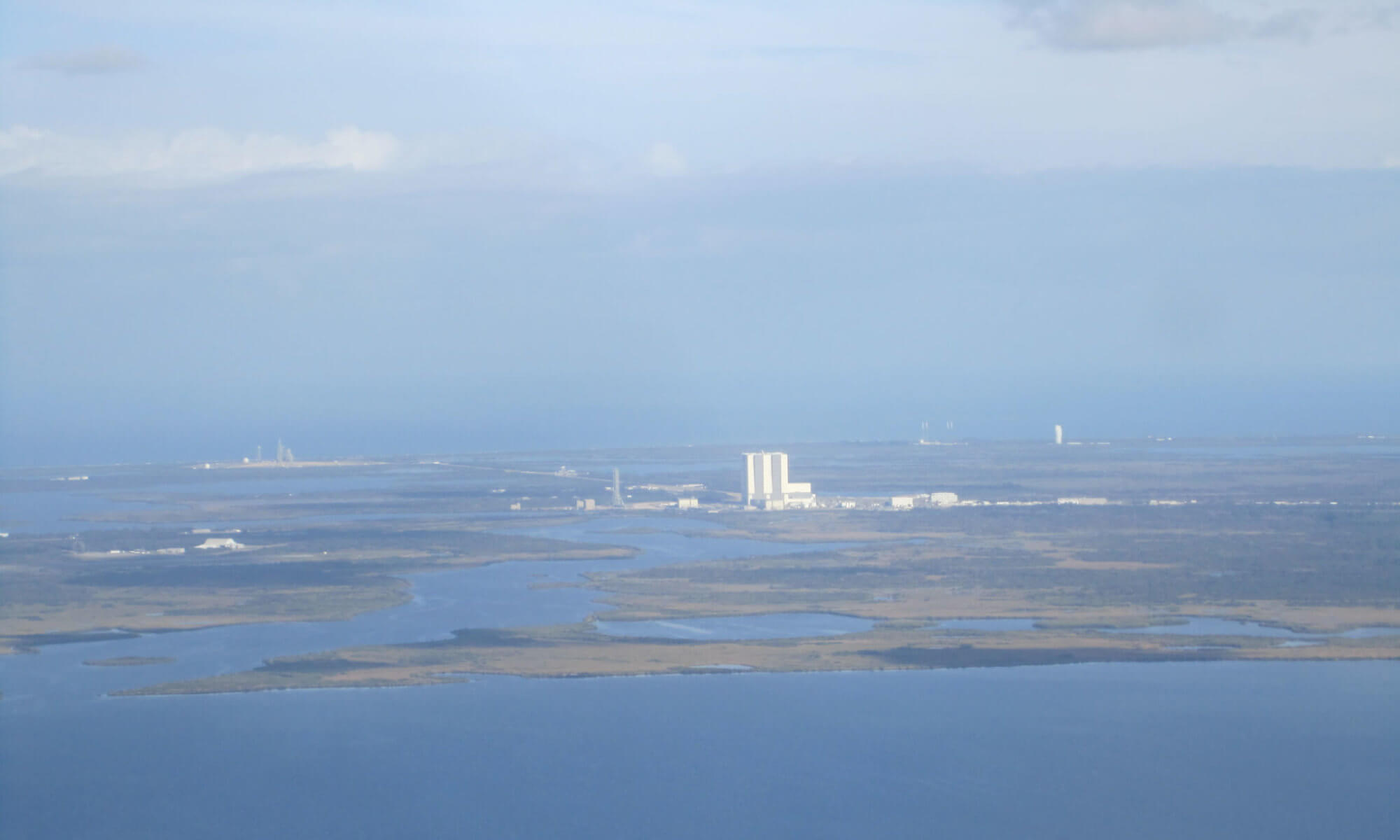In this non-fiction treatise, Harvard international relations expert Dr. Allison analyses the brewing great power contest between the United States and China. He starts with the work of classical historian Thucydides, who argued that the Peloponnesian War in the 4th Century BC was an almost inevitable consequence of a rising power challenging the status quo embodied by a the dominating power at the time. Dr. Allison uses a variety of similar situations in history, including the lead up to World War One, as well as the Cold War between the United States and the Soviet Union, to discuss the consequences of such conflicts, and how they can be avoided.
The book is a fascinating look into how powers may find war unavoidable, even though it is against their interests, if they do not take action to move beyond attempting to maintain the status quo. There is also an in-depth discussion about the fundamental differences between Chinese and Western culture, importantly including the concepts of governance. Unfortunately, these particularities and differences do not seem well understood in the West.































